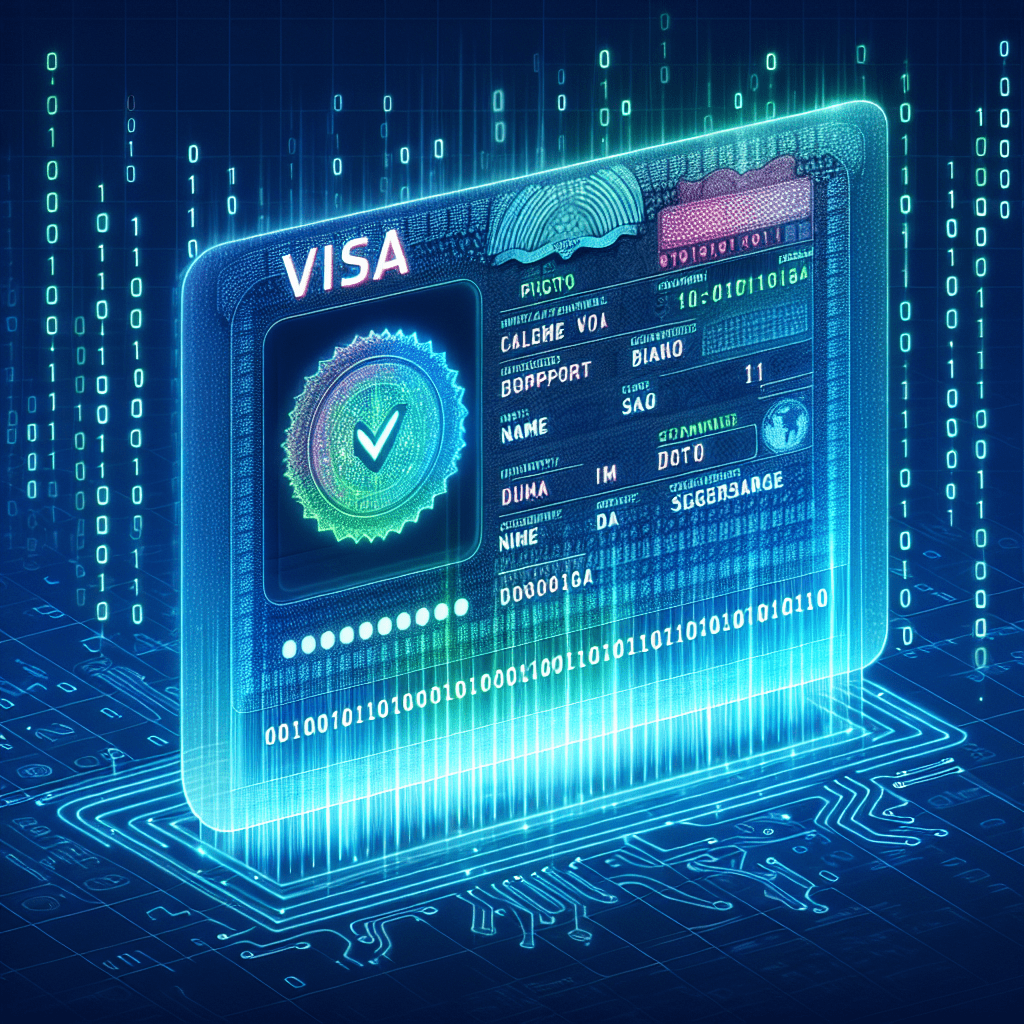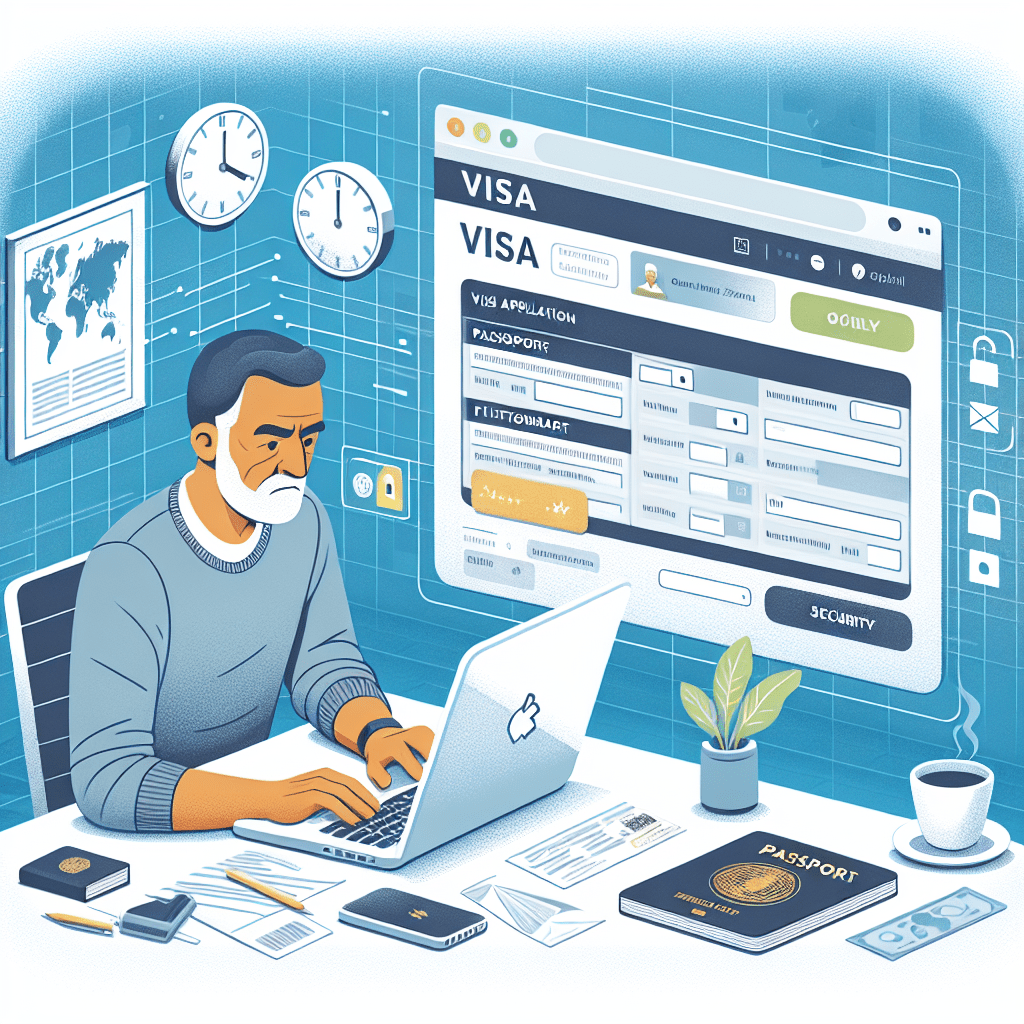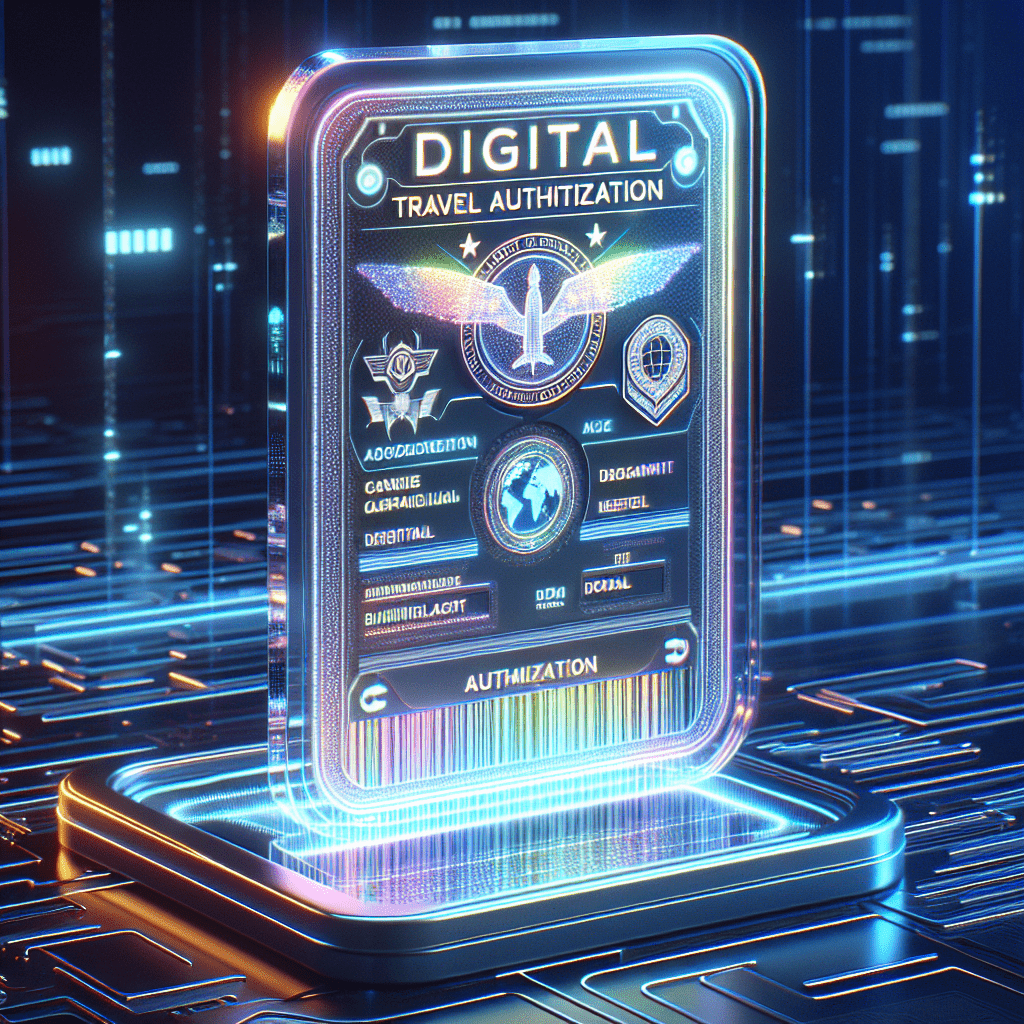10 Things to Do If Your Electronic Visa is Lost or Stolen

In today’s fast-paced world of international travel, electronic visas have become an essential tool for globetrotters. These digital travel authorizations simplify the process of obtaining entry permits, making it more convenient and efficient for travelers to explore new destinations. However, with the rise of digital solutions comes the potential for unforeseen challenges, such as the loss or theft of an electronic visa. Such incidents can cause significant stress and disrupt travel plans, especially when you’re far from home. Understanding the importance of being prepared and knowing the steps to take in these situations is crucial for any traveler. By taking swift and informed action, you can minimize the impact of losing your electronic visa and ensure a smoother travel experience. For more information on electronic visas, visit SimpleVisa.

Immediate Steps to Take
Assess the Situation
When you realize that your electronic visa is lost or stolen, the first step is to assess the situation calmly and thoroughly. Begin by confirming whether the visa is genuinely lost or stolen. This might involve retracing your steps to see if it was misplaced or checking with travel companions to ensure it wasn’t left behind. It’s crucial to act quickly, but also to ensure that the visa is indeed missing before proceeding with further steps.
Next, check your digital backups or emails for a copy of the electronic visa. Many travelers receive their digital travel authorization via email or through an online visa application portal. Having a digital copy can be a lifesaver in these situations, as it provides proof of your visa status and can expedite the process of obtaining a replacement. If you have stored your electronic travel permit in a cloud service or a secure digital wallet, now is the time to access it. This step not only helps in confirming the loss but also provides a temporary solution while you work on getting a replacement.
Contact the Issuing Authority or Embassy
Once you have confirmed that your electronic visa is lost or stolen, the next critical step is to contact the issuing authority or the nearest embassy. This is an essential action to report the incident and seek guidance on the next steps. When reaching out, be prepared to provide necessary details such as your passport number, visa application reference number, and any other relevant information that can help in verifying your identity and visa status.
Inquire about the procedure for obtaining a replacement electronic entry permit. Different countries may have varying protocols for handling lost or stolen visas, so it’s important to understand the specific requirements and timelines involved. The embassy or issuing authority can provide you with detailed instructions on how to proceed, including any forms you need to fill out or fees that may be applicable. Acting promptly and following their guidance can significantly reduce the stress and inconvenience caused by the loss of your visa.
Secure Your Personal Information
In the event of a lost or stolen electronic visa, securing your personal information should be a top priority. Start by changing any compromised passwords linked to your visa applications or related accounts. This includes email accounts, online visa application portals, and any other digital platforms where your personal information might be stored. By updating your passwords, you can prevent unauthorized access and protect your sensitive data from potential misuse.
Additionally, monitor for any unusual activity if personal data was stored with the visa. This could involve keeping an eye on your email for suspicious messages, checking your bank statements for unauthorized transactions, or using identity theft protection services to alert you to any potential threats. Being vigilant about your personal information can help mitigate the risks associated with the loss or theft of your electronic visa and ensure that your travel plans remain as smooth as possible.

Proactive Preventative Measures
Maintain Multiple Backups
One of the most effective ways to safeguard against the loss or theft of your electronic visa is to maintain multiple backups. Start by keeping electronic copies of your digital travel authorization in secure cloud storage. Services like Google Drive, Dropbox, or OneDrive offer reliable options for storing important documents. By uploading your electronic travel permit to a cloud service, you ensure that you can access it from anywhere in the world, provided you have an internet connection. This can be particularly useful if you need to present a copy of your visa to authorities or during e-visa processing.
In addition to digital backups, it’s wise to have physical copies of your online travel visa stored in a separate, safe location while traveling. This could be in a hotel safe, a secure compartment in your luggage, or even with a trusted travel companion. Having a physical copy can serve as a backup in situations where digital access is limited or unavailable. By taking these precautions, you can significantly reduce the risk of being caught unprepared in the event of a lost or stolen visa.
Utilize Travel Insurance, If Applicable
Travel insurance can be a valuable asset when dealing with the loss or theft of travel documents, including electronic visas. Before embarking on your journey, check your travel insurance policy to see if it covers the loss or theft of travel documents. Many comprehensive travel insurance plans offer coverage for such incidents, providing financial assistance and support in obtaining replacements.
Understanding the claims process is crucial if you need to utilize your travel insurance. Familiarize yourself with the steps required to file a claim, including any documentation you may need to provide, such as a police report or proof of the original online visa application. Knowing the process in advance can save you time and stress if you find yourself in a situation where you need to make a claim. By leveraging travel insurance, you can have peace of mind knowing that you have a safety net in place to help you navigate the challenges of a lost or stolen electronic visa.
Share Critical Travel Document Details with Trusted Contacts
Another proactive measure to consider is sharing critical travel document details with trusted contacts. Provide a family member or friend with copies of important documents, including your electronic visa, passport, and itinerary. This ensures that someone you trust has access to your essential travel information in case of an emergency. Having a backup contact who can assist you remotely can be invaluable, especially if you’re in a different time zone or facing communication barriers.
Consider sharing access to a secure digital file containing your travel documents. This can be done through a password-protected folder in a cloud storage service or a secure document-sharing platform. By granting access to a trusted individual, you create an additional layer of security and support. This approach not only helps in situations where your documents are lost or stolen but also provides reassurance that someone is looking out for your well-being during your travels. Taking these preventative measures can make a significant difference in ensuring a smooth and stress-free travel experience.

Longer-term Strategies for Peace of Mind
Renew Mindfulness About Electronic Security
In the digital age, maintaining vigilance over electronic security is crucial, especially when dealing with sensitive travel documents like electronic visas. One of the key strategies is to use secure connections when accessing personal travel information. Whether you’re checking your online visa application status or downloading your digital travel authorization, ensure that you’re connected to a secure and private network. Avoid using public Wi-Fi networks, which can be vulnerable to cyber threats, and instead opt for a virtual private network (VPN) to encrypt your internet connection.
Regularly updating your anti-virus and anti-malware software is another essential practice. These tools help protect your devices from malicious attacks that could compromise your personal information, including your electronic travel permit. By keeping your security software up to date, you can safeguard your data against the latest threats and reduce the risk of unauthorized access to your online travel visa and other important documents. Staying proactive about electronic security not only protects your current travel plans but also ensures peace of mind for future journeys.
Stay Informed About Recent Changes in Visa Policies
Visa policies and regulations can change frequently, and staying informed about these updates is vital for any traveler. Subscribe to updates from government travel advisory resources to receive the latest information on visa requirements, travel advisories, and other relevant news. These resources often provide timely alerts about changes in e-visa processing, digital visa approval procedures, and other important developments that could impact your travel plans.
Joining traveler forums or networks that share real-time information can also be beneficial. These communities often consist of experienced travelers who exchange insights and tips about navigating the complexities of online immigration visa processes and other travel-related matters. By participating in these forums, you can gain valuable knowledge and stay ahead of any potential challenges that may arise during your travels. Being well-informed about visa policies not only helps you prepare for your trips but also empowers you to make informed decisions when planning future adventures.
Prepare a Contingency Plan for Future Travels
Having a contingency plan in place is a prudent approach to managing potential travel document mishaps. Start by keeping updated emergency contact numbers readily accessible. This includes contact information for your country’s embassy or consulate in your destination country, as well as any relevant electronic visa service providers. Having these numbers on hand ensures that you can quickly reach out for assistance if you encounter issues with your digital entry visa or other travel documents.
Developing a checklist for addressing possible travel document mishaps is another effective strategy. This checklist should outline the steps to take in the event of a lost or stolen electronic visa, such as contacting the issuing authority, securing personal information, and utilizing travel insurance. By having a clear plan in place, you can respond swiftly and efficiently to any unexpected situations, minimizing disruptions to your travel plans. Preparing for potential challenges not only enhances your travel experience but also provides peace of mind, knowing that you’re equipped to handle any obstacles that may arise.

Conclusion
Dealing with a lost or stolen electronic visa can be a daunting experience, but maintaining situational awareness and responding quickly can significantly mitigate the impact. Recognizing the loss promptly and taking immediate steps, such as contacting the issuing authority and securing personal information, are crucial actions that can help resolve the situation efficiently. The ability to remain calm and collected in such circumstances is invaluable, as it allows you to think clearly and make informed decisions. By understanding the importance of a swift response, travelers can navigate the challenges of a lost or stolen electronic visa with greater confidence and ease.
Adopting preventative measures and staying informed are key strategies for safeguarding against future incidents involving electronic visas. By maintaining multiple backups, utilizing travel insurance, and sharing critical travel document details with trusted contacts, travelers can create a robust safety net that minimizes the risk of disruption. Additionally, staying informed about recent changes in visa policies and renewing mindfulness about electronic security are proactive steps that enhance preparedness and resilience. These measures not only protect your current travel plans but also provide peace of mind for future journeys. By embracing these strategies, travelers can enjoy their adventures with the assurance that they are well-equipped to handle any unexpected challenges that may arise.